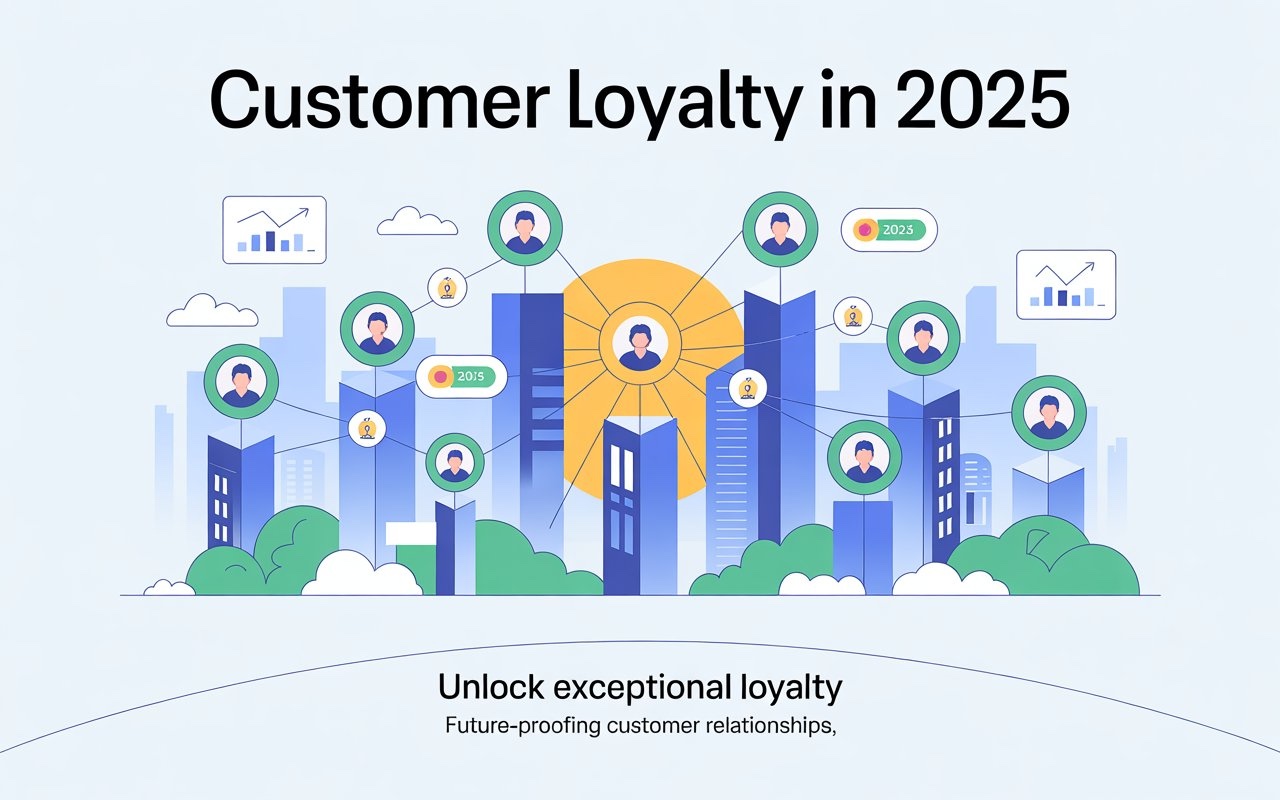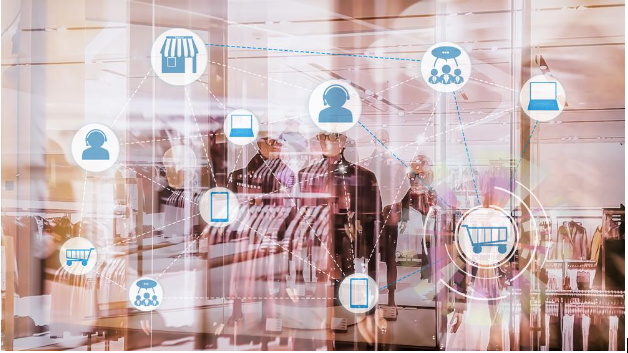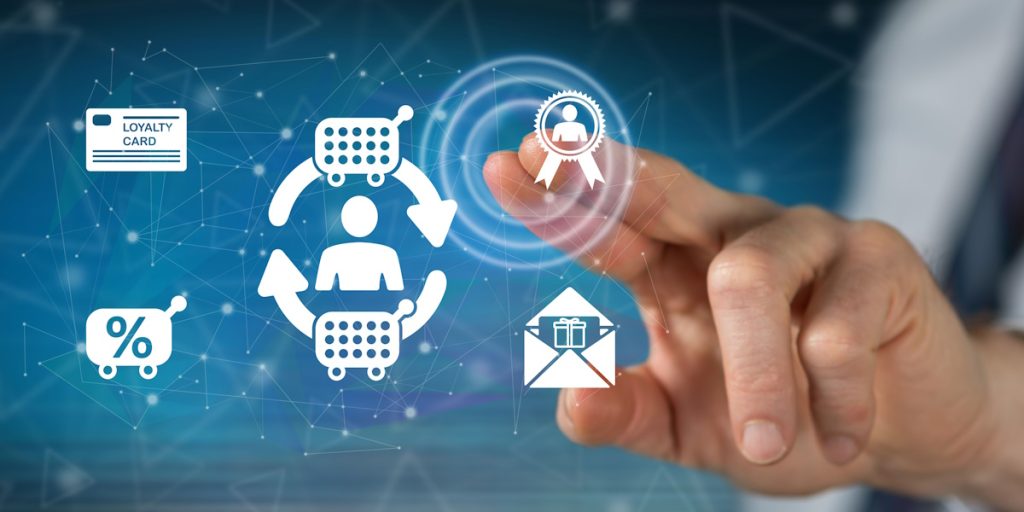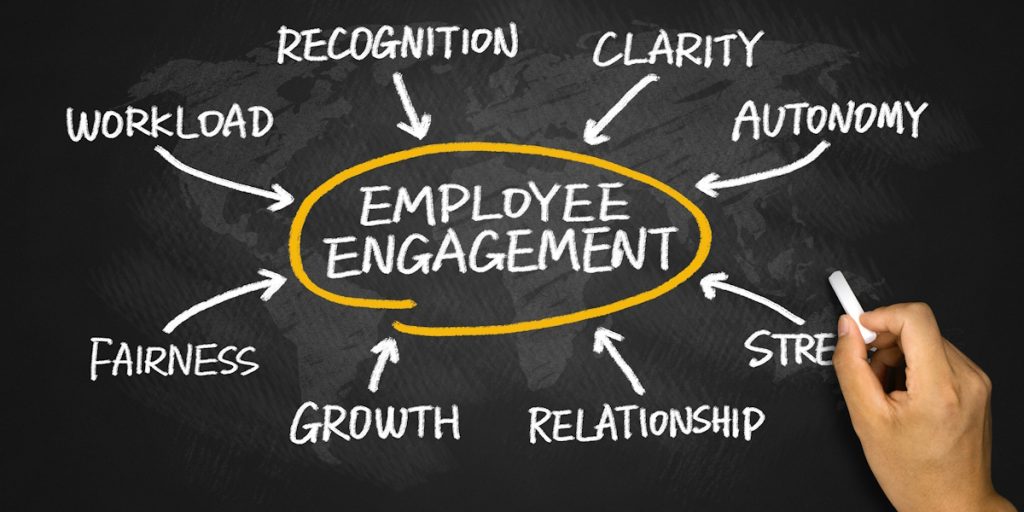Building strong customer relationships has never been more important than it is in 2025. Businesses are realizing that simply attracting new customers is not enough. Long-term success depends on keeping existing customers happy, engaged, and coming back for more. With changing consumer expectations, brands need to understand what truly motivates loyalty and how to respond effectively.
Customer loyalty in 2025 is no longer about one-off discounts or generic rewards. Customers expect more personalized experiences, meaningful engagement, and programs that recognize their unique preferences. Those businesses that adapt to these expectations will see stronger retention rates and a more devoted customer base.
Understanding Customer Loyalty in 2025
Customer loyalty today revolves around the overall experience a brand provides. Consumers want to feel valued, understood, and rewarded for their loyalty. Businesses focusing on customer loyalty programs that go beyond simple transactions are seeing much better results. These programs emphasize engagement, behavior recognition, and personal connections rather than just points or discounts.
By analyzing customer behavior and feedback, companies can design loyalty initiatives that genuinely resonate. Modern customers expect brands to anticipate their needs, offer relevant rewards, and create opportunities for meaningful interactions. Integrating these elements into loyalty strategies will help companies retain customers longer and reduce churn.
Why Personalized Rewards Matter
Generic rewards are no longer enough. Today’s customers want rewards that match their preferences and habits. Personalized incentives make them feel valued and more likely to engage consistently with the brand. Businesses using data to tailor offers, recommend products, or acknowledge milestones are leading in customer satisfaction and loyalty.
Personalization can range from targeted promotions to birthday gifts or tiered reward systems. It creates a sense of belonging and appreciation, strengthening the emotional connection customers have with the brand. A thoughtful loyalty program can convert casual buyers into advocates who promote your business voluntarily.
Enhancing Customer Engagement Strategies
Customer engagement strategies are central to loyalty in 2025. Brands should focus on building two-way relationships, where communication is meaningful and consistent. Engagement can include interactive campaigns, exclusive access, community-building activities, or even gamified experiences within loyalty programs.
Maintaining open channels for feedback ensures customers feel heard. Regularly analyzing engagement data helps brands refine their strategies, making interactions more relevant and rewarding. Active engagement nurtures loyalty and encourages repeat purchases, ultimately driving long-term revenue growth.
Loyalty Program Ideas That Work
Successful loyalty programs in 2025 focus on behavior, not just transactions. Businesses are incentivizing actions such as referrals, social media interactions, product reviews, or community participation. Rewarding these behaviors encourages consistent engagement and builds brand advocates.
Offering flexible reward options, like points redeemable for experiences or services, adds extra value. Additionally, integrating digital platforms ensures a seamless and convenient experience for users. Companies that align rewards with customer interests see higher participation rates and stronger loyalty overall.
Understanding Brand Loyalty and Customer Expectations
Brand loyalty in 2025 is heavily influenced by customer expectations. Transparency, authenticity, and reliability have become essential. Customers are more likely to remain loyal to brands that demonstrate trustworthiness and social responsibility.
Meeting these expectations goes beyond product quality; it extends to service, communication, and responsiveness. Brands that actively engage in building trust and delivering consistent experiences create long-term relationships that survive competitive pressures.
Measuring Success in Customer Retention Strategies
Tracking the effectiveness of customer retention strategies is critical. Metrics such as repeat purchase rate, customer lifetime value, and engagement levels provide insights into how loyalty initiatives perform. Companies can adjust tactics based on these analytics to optimize programs continuously.
By combining behavioral data with feedback, businesses can identify trends, preferences, and areas for improvement. This ongoing process ensures loyalty programs stay relevant, effective, and aligned with customer needs, enhancing retention and fostering advocacy.
The Future of Customer Loyalty Programs
As 2025 progresses, customer loyalty programs will continue evolving. Brands that focus on personalized experiences, meaningful engagement, and flexible rewards will maintain a competitive advantage. Understanding what your customers really want is the key to sustaining loyalty and building lasting relationships.
Investing in loyalty programs that recognize behavior, foster connection, and provide tangible value ensures that your brand remains top-of-mind for customers, driving long-term growth and success.
Are Your Loyalty Programs Meeting Customer Expectations?




